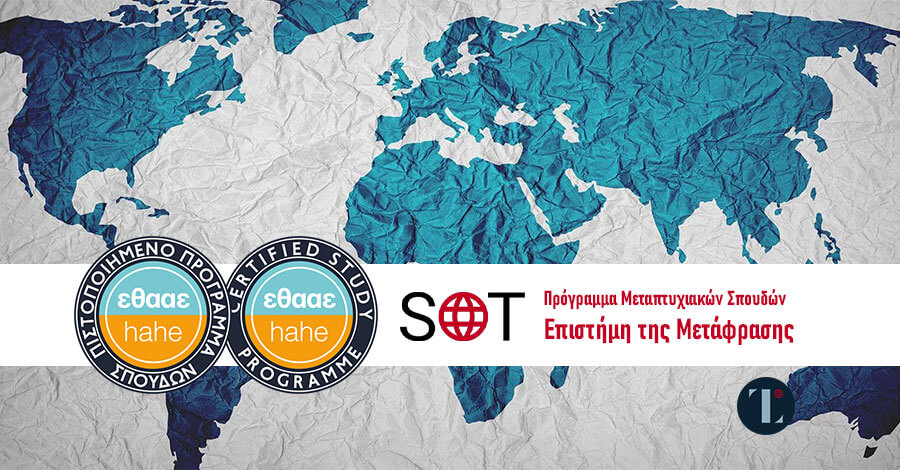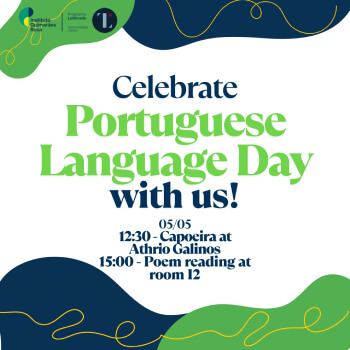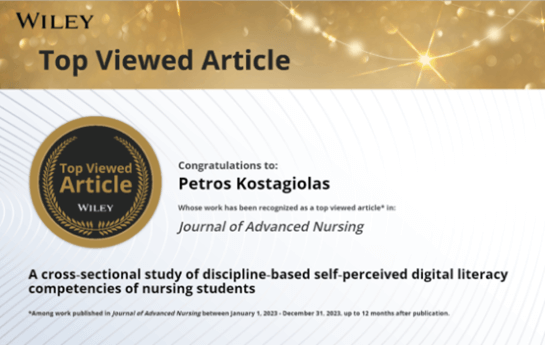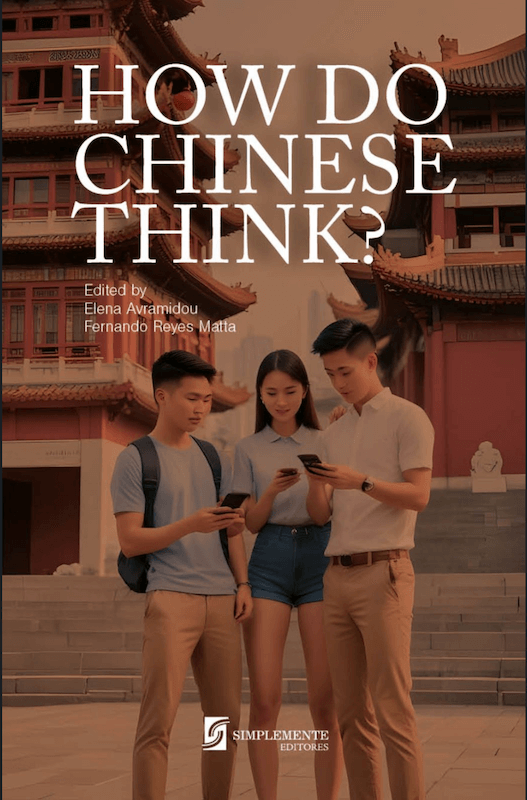Dear visitors,
Welcome to the Department f Foreign Languages, Translation and Interpreting (DFLTI), Faculty of Humanities of the Ionian University. The DFLTI is the only Greek University Department that offers high-level undergraduate and postgraduate studies in translation and interpreting.
In our era of modernity, which recognizes and understands only what can be measured with market terms and evangelizes the neo-babelian vision of the one global language and culture, translation and interpreting are here once again to doubt authorities, negate certainties, give prominence to difference as the feature that unite us and beautifies our lives.
Today the need for communication and mutual understanding is more urgent than ever before. We are all living in the same global village and we owe to ourselves and the future generations to learn to co-exist, to understand and accept the Other not because he is like us but because he is different.
In our Department we shall not teach you just to translate and interpret. We shall show you how to travel and build bridges. Because what else can be the effort to know the Other than a trip full of adventures and subversions? And what else did -and keep on doing- the translators and the interpreters than building bridges of mutual understanding and respect?




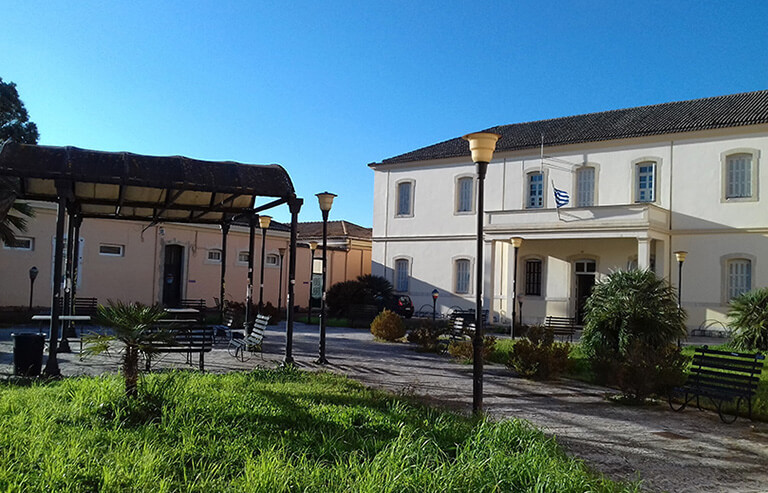


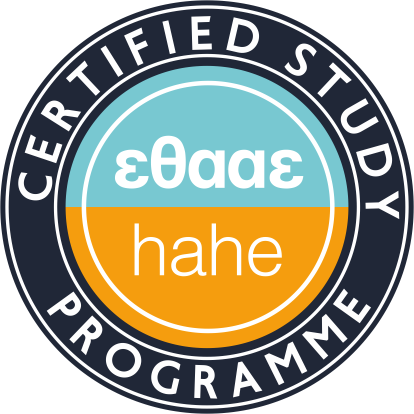


 Accreditation Decision of the Postgraduate Study Programme of Science of Translation of the Department of Foreign Languages, Translation & Interpreting
Accreditation Decision of the Postgraduate Study Programme of Science of Translation of the Department of Foreign Languages, Translation & Interpreting